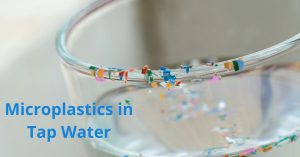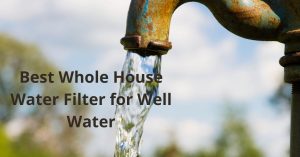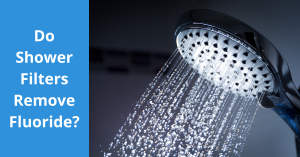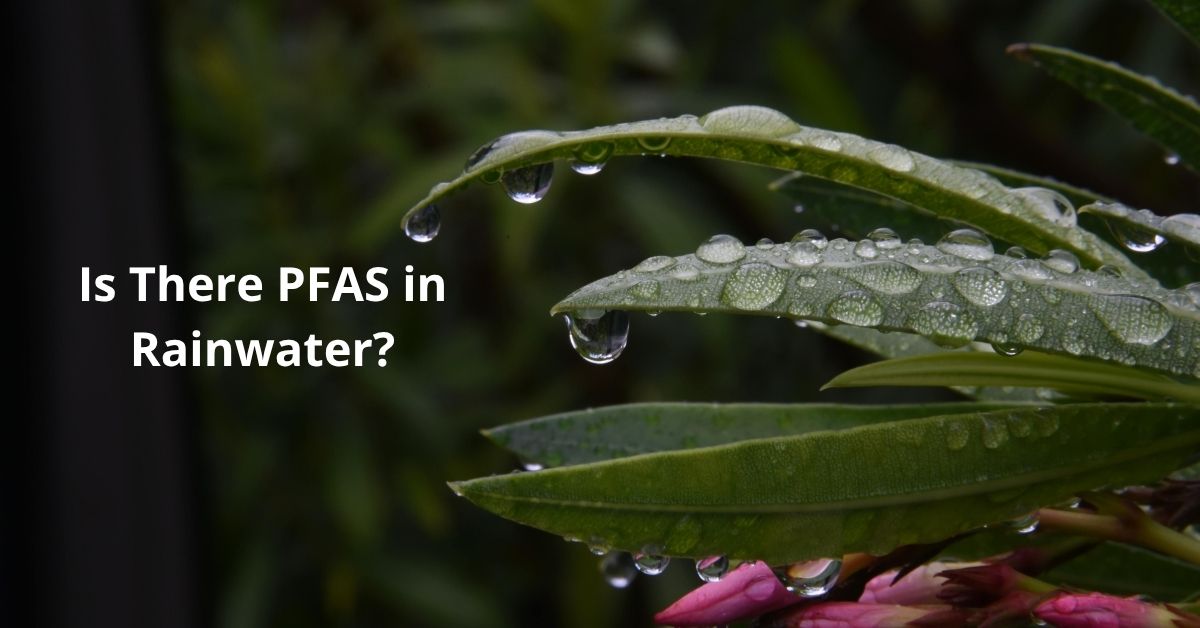
Is There PFAS in Rainwater?
If you’re like me, you probably think of rainwater as one of the purest sources of water available. It falls straight from the sky, untouched by pipes or chemicals — or so we’d hope. But recent studies have shown that even rainwater isn’t as clean as we once believed. Unfortunately, it can contain traces of PFAS, the so-called “forever chemicals” that have been making headlines for their persistence in the environment and potential health risks.
When I first learned about PFAS showing up in rainwater, I was genuinely shocked. I had always imagined that collecting rainwater was one of the most natural and sustainable ways to stay self-sufficient and reduce reliance on treated tap water. But the reality is that PFAS compounds have become so widespread in our modern world that they can now be detected almost everywhere, including in rainfall.
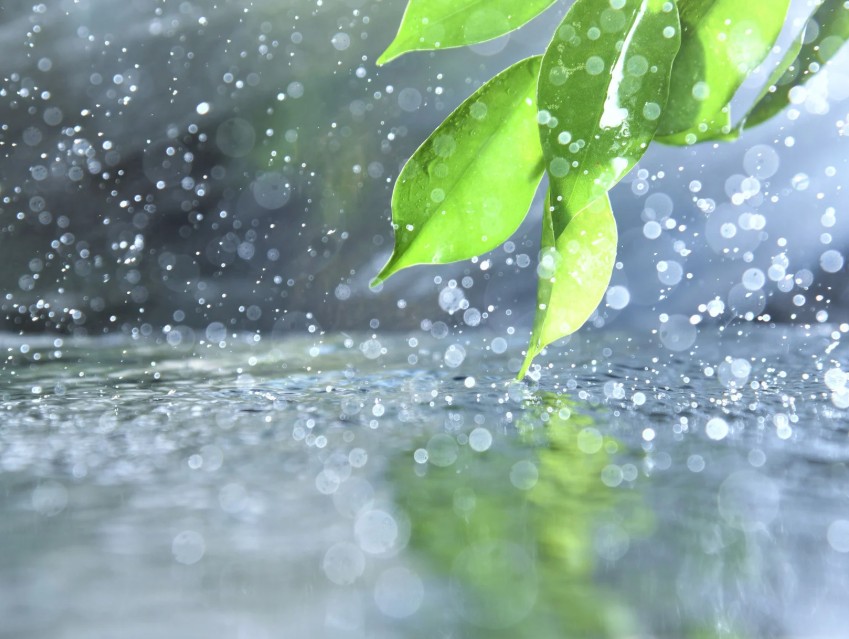
What Are PFAS and Why Are They a Problem?
PFAS (per- and polyfluoroalkyl substances) are a group of man-made chemicals used in thousands of everyday products for their water-, oil-, and heat-resistant properties. They’ve been around since the 1940s, found in non-stick cookware, food packaging, floss, waterproof clothing, carpets, firefighting foams, and even cosmetics.
The problem is that these chemicals don’t ever break down. Over time, they accumulate in the environment, contaminating soil, rivers, oceans, and the air we breathe.
When PFAS are released into the atmosphere, they can travel long distances before returning to the ground in the form of rain. As the rain falls, it can pick up PFAS from the atmosphere, roofs, soil, and gutters, and this contaminated water is then collected in the tank. This means that even remote areas, far away from industrial activity, are not entirely free from exposure. Researchers have found measurable levels of PFAS in rainwater samples collected all around the world, even in places like Antarctica and the Tibetan Plateau.
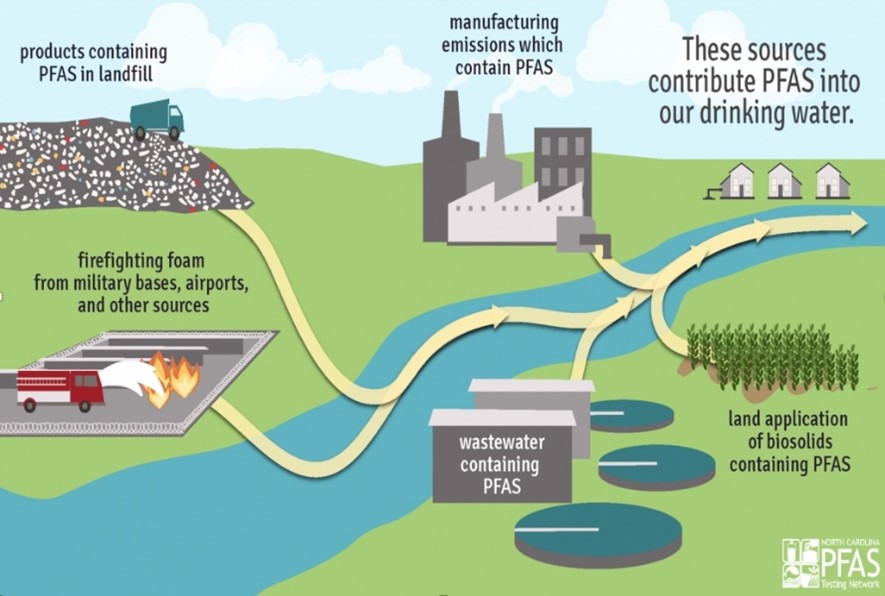
Source: pfasolutions.org
So yes, unfortunately, PFAS can be present in rainwater. The levels will vary depending on where you live, your proximity to pollution sources, and local weather patterns. But since these chemicals are so persistent, it’s safe to assume that rainwater collection systems could contain at least trace amounts.
Is Rainwater Safe to Drink?
If you collect rainwater for drinking, cooking, or watering your garden, this can be concerning. While the amount might seem small, PFAS and other contaminants build up in the body over time. Exposure has been linked to hormonal imbalances, immune system effects, reduced fertility, and even an increased risk of certain cancers.
That’s why I always recommend filtering rainwater before using it for anything that could affect your health.
How to Remove PFAS from Rainwater?
Removing PFAS from rainwater requires more than just a basic sediment filter. These chemicals are incredibly tough to eliminate, but with the right setup, it’s absolutely possible.
The most effective way to remove PFAS is by using advanced filtration systems, especially those designed with activated carbon, ion exchange resins, or RO filters (reverse osmosis).
An RO filter uses a semi-permeable membrane that can remove even the smallest contaminants, including PFAS, fluoride, heavy metals, and microplastics. If you want the highest level of protection, an RO filter is one of the best options. It forces water through multiple stages of filtration, leaving you with exceptionally clean, purified water.
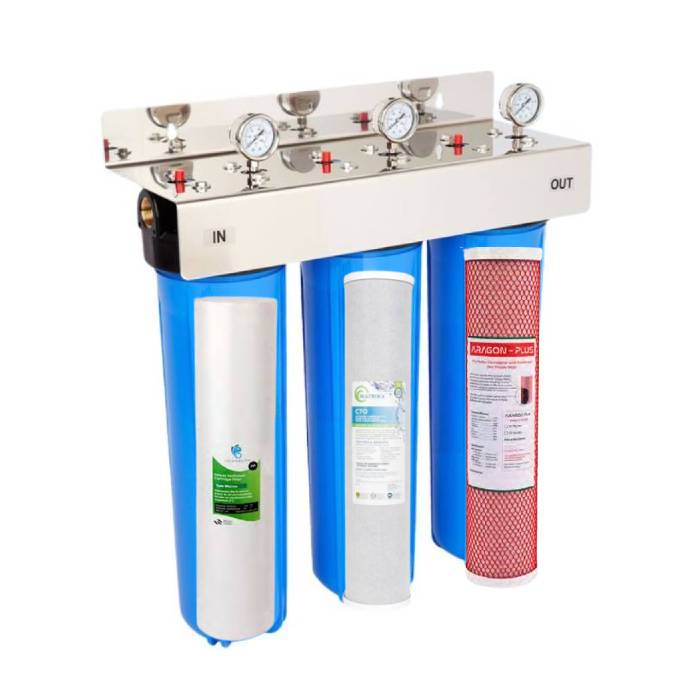
However, if you prefer to treat your rainwater at the point of entry — so every tap in your home delivers filtered water — then a Complete Home Filtration system is worth considering. These systems are installed at the mains and ensure that all water entering your home, including what you shower or wash with, is filtered. When combined with high-quality carbon and sediment cartridges, they can effectively reduce PFAS and many other chemical residues.
For many homes, a practical combination might include a house filtration system for general protection and a dedicated RO water purifier in the kitchen for drinking and cooking water. This way, you can enjoy safe water for every use without compromising on taste or performance.
Taking Back Control of Your Water Quality
I know it can feel overwhelming to learn that even something as natural as rainwater isn’t completely pure anymore. But knowledge is power — and with the right filtration setup, you can absolutely take control of your water quality.
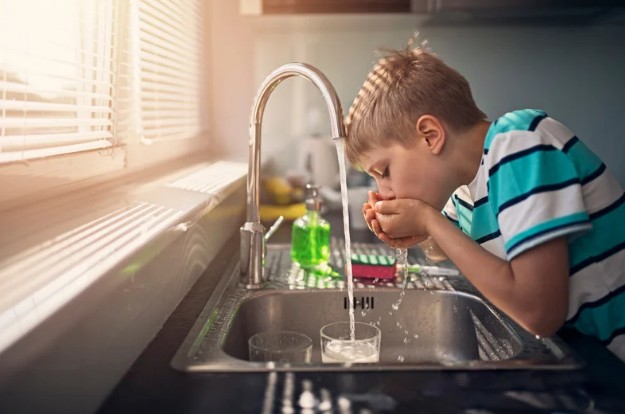
Personally, I find peace of mind knowing that my own family’s drinking water passes through a water filter that removes PFAS, along with many other toxins we can’t see or taste. It’s one of the simplest and most effective ways to reduce your exposure and support your long-term health.
If you’re unsure where to start, you don’t need to overhaul your whole setup overnight. Even adding a small countertop water filter or undersink water filter can make a significant difference.
And if you’re using rainwater for your entire home, investing in a whole house water filtration system can help ensure that every drop of water you use is as clean and safe as possible.
In the end, while we can’t control what’s in the rain, we can control what we choose to drink.

